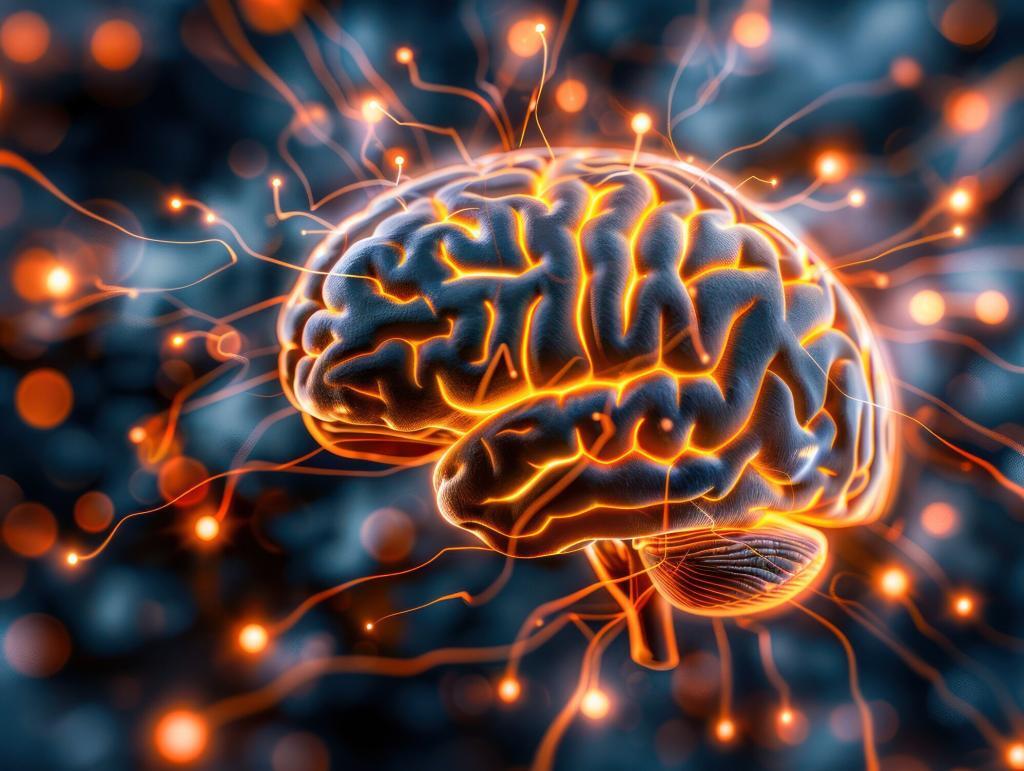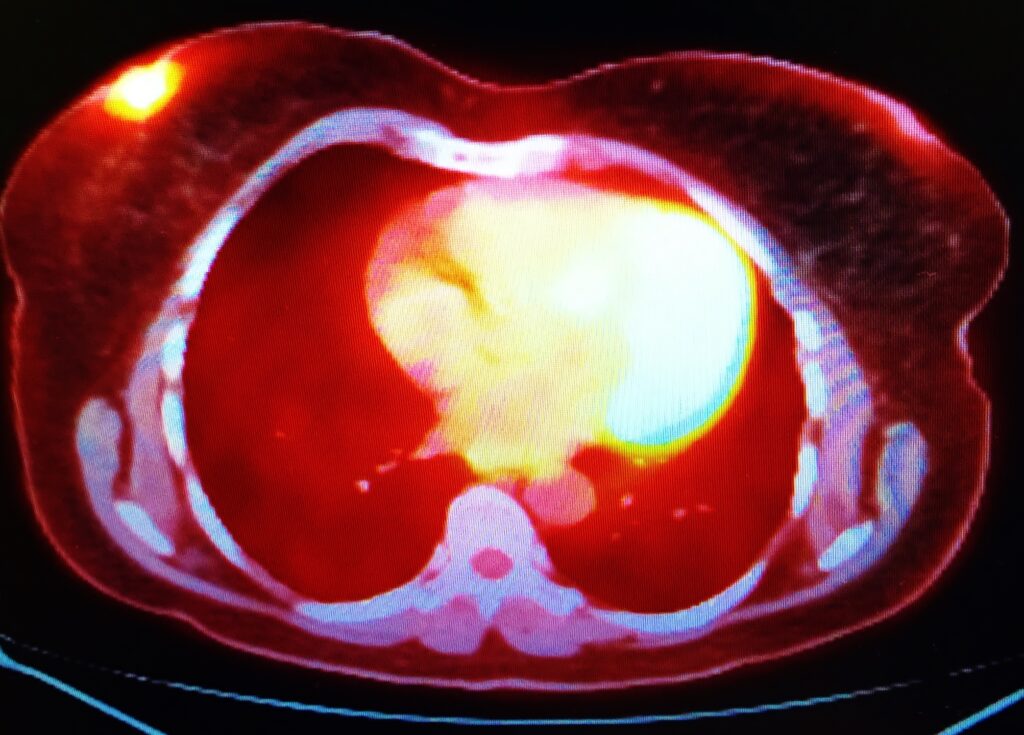Positron Emission Mammography
Breast cancer remains one of the most commonly diagnosed cancers in women across the globe. Therefore, early detection is crucial in improving treatment outcomes and enhancing the patient’s quality of life. In recent years, Positron Emission Mammography (PEM) has emerged as an innovative diagnostic tool for breast cancer, providing more accurate and precise results than traditional imaging techniques.
Positron Emission Mammography (PEM) is a nuclear medicine imaging technique that uses a small amount of radioactive material and a specialised camera to produce detailed, high-resolution images of breast tissue. By visualising the metabolic activity of cells, PEM can help doctors identify malignant tumours and differentiate them from benign growths.
PEM involves injecting a small amount of radioactive material, usually a radiolabeled glucose analogue called fluorodeoxyglucose (FDG), into the patient’s bloodstream. This radioactive tracer accumulates in areas with high metabolic activity, such as cancer cells, which consume more glucose than normal cells. The PEM camera then detects the gamma rays emitted by the tracer and produces a three-dimensional image of the breast tissue, highlighting areas with high tracer uptake.
Advantages of PEM
- Improved Sensitivity and Specificity: PEM has been proven more sensitive and specific than traditional mammography and ultrasound in detecting breast cancer, especially in women with dense breast tissue. This increased accuracy reduces the chances of false-negative and false-positive results, leading to better patient management.
- Detecting Multifocal and Multicentric Disease: PEM can identify cancerous breast lesions, which conventional imaging methods may miss. This allows for more accurate staging and treatment planning.
- Monitoring Treatment Response: PEM can be used to assess the effectiveness of treatments such as chemotherapy, hormonal therapy, or targeted therapies. By comparing pre- and post-treatment images, doctors can determine if a tumour is responding to the therapy and make appropriate adjustments if needed.
- Radiation Exposure: Although PEM involves radiation exposure, the dose is relatively low and comparable to the exposure from a mammogram. The benefits of accurate diagnosis generally outweigh the risks of radiation.
Despite its advantages, PEM is not without limitations. It is not recommended as a primary screening tool for the general population due to its relatively high cost and limited availability. Additionally, PEM may not detect very small or slow-growing tumours, which may not take up enough FDG for detection.
You are here:
home » positron emission mammography



